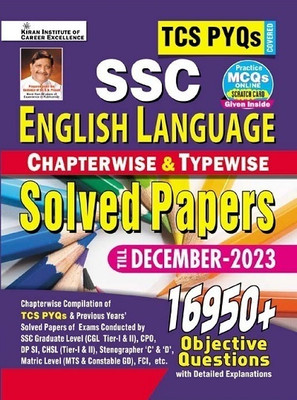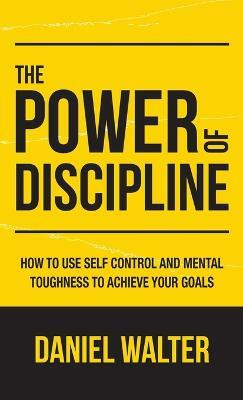
Electric Circuit Analysis for Anna University R21 CBCS ( SEM II/EEE/EE3251) (Paperback, U. A. Bakshi,, Late A. V. Bakshi,, Dr. S.Ilaiyaraja)
Share
Electric Circuit Analysis for Anna University R21 CBCS ( SEM II/EEE/EE3251) (Paperback, U. A. Bakshi,, Late A. V. Bakshi,, Dr. S.Ilaiyaraja)
4.8
4 Ratings & 0 ReviewsSpecial price
₹395
Coupons for you
T&C
Available offers
T&C
T&C
T&C
Delivery
Check
Enter pincode
Delivery by23 Jul, Wednesday
?
View Details
Highlights
- Binding: Paperback
- Publisher: TECHNICAL PUBLICATIONS
- ISBN: 9789355850027
- Edition: FIRST, 2022
- Pages: 404
Services
- Cash on Delivery available?
Seller
Description
UNIT I BASIC CIRCUITS ANALYSIS
Fundamentals concepts of R, L and C elements-Energy Sources-Ohm’s Law-Kirchhoff‘s Laws-DC Circuits - Resistors in series and parallel circuits - A.C Circuits - Average and RMS Value - Complex Impedance - Phasor diagram - Real and Reactive Power, Power Factor, Energy - Mesh current and node voltage methods of analysis D.C and A.C Circuits. (Chapter - 1)
UNIT II NETWORK REDUCTION AND THEOREMS FOR DC AND AC CIRCUITS
Network reduction : voltage and current division, source transformation - star delta conversion. Theorems - Superposition, Thevenin’s and Norton’s Theorem - Maximum power transfer theorem - Reciprocity Theorem - Millman's theorem - Tellegen’s Theorem - Statement, application to DC and AC Circuits. (Chapter - 2)
UNIT III TRANSIENT RESPONSE ANALYSIS
Introduction-Laplace transforms and inverse Laplace transforms - standard test signals - Transient response of RL, RC and RLC circuits using Laplace transform for Source free, Step input and Sinusoidal input. (Chapters - 3, 4)
UNIT IV RESONANCE AND COUPLED CIRCUITS
Series and parallel resonance - frequency response - Quality factor and Bandwidth - Self and mutual inductance- Coefficient of coupling-Dot rule-Analysis of coupled circuits-Single Tuned circuits. (Chapters - 5, 6)
UNIT V THREE PHASE CIRCUITS
Analysis of three phase 3-wire and 4-wire circuits with star and delta connected loads, balanced and unbalanced - phasor diagram of voltages and currents - power measurement in three phase circuits-Power Factor Calculations. (Chapter - 7)
Read More
Specifications
Book Details
| Publication Year |
|
| Number of Pages |
|
University Books Details
| Degree/Diploma |
|
Additional Features
| Age Group |
|
Ratings & Reviews
4.8
★
4 Ratings &
0 Reviews
- 5★
- 4★
- 3★
- 2★
- 1★
- 3
- 1
- 0
- 0
- 0
Have you used this product? Be the first to review!
Be the first to ask about this product
Safe and Secure Payments.Easy returns.100% Authentic products.
Back to top








